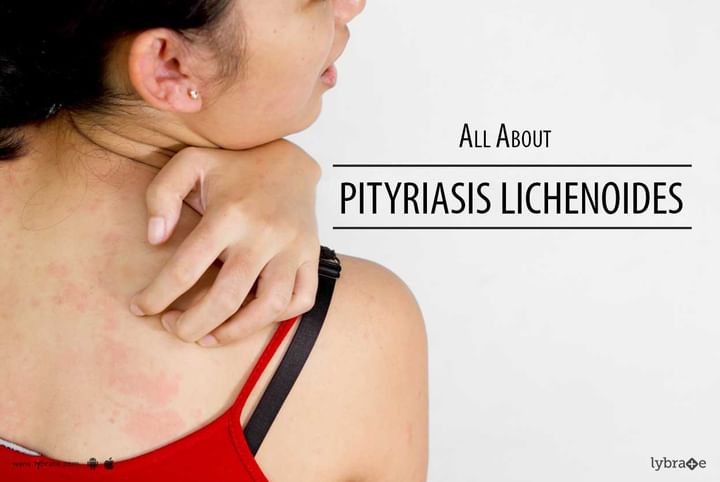All About Pityriasis Lichenoides
Pityriasis lichenoides is referred to a rare type of rash which is characterized by tiny papules that voluntarily flatten and relapse within a period of weeks. This condition which can range from moderate to severe in nature can be either chronic or acute. In the severest cases, it may develop into reddish brown blisters and crusts.
Causes and Symptoms: This condition which is chiefly prevalent in teenagers and adults is slightly likelier to appear in males. This condition is extremely rare among infants and aged people. Although, the precise cause of the condition is unknown, yet three major hypotheses have been suggested as the reason for the condition. They are:
- Infectious agents which cause an inflammatory reaction
- A non-cancerous form of T-cell lymphoproliferative which causes a disorder
- An hypersensitive vasculitis
Some of the infectious agents which can cause this condition include:
- Toxoplasma gondii
- HIV
- Staphylococcus aureus
- Parvovirus
The lesions of pityriasis lichenoides usually appear over the course of several weeks or sometimes months.
Common symptoms include:
- A tiny pink papule which turns reddish brown in color
- A fine scaly central spot which when peeled off exposes a lustrous, pinkish brown exterior
- The spot becomes level over a number of weeks, leaving a pinkish-brown mark, which may take several months to fade.
These spots which occur over the buttocks, arms and legs, more typically occur in the hands, feet and even the scalp. Although far from being painful or irritable, pityriasis lichenoides spots can render the skin unsightly.
Treatment: The condition though diagnosed by its history and appearance, is entirely confirmed through skin biopsy tests. In usual episodes, the skin heals on its own. But if the condition persists for long one may resort to various therapies such as topical steroids, sunburns and oral antibiotics.



+1.svg)
